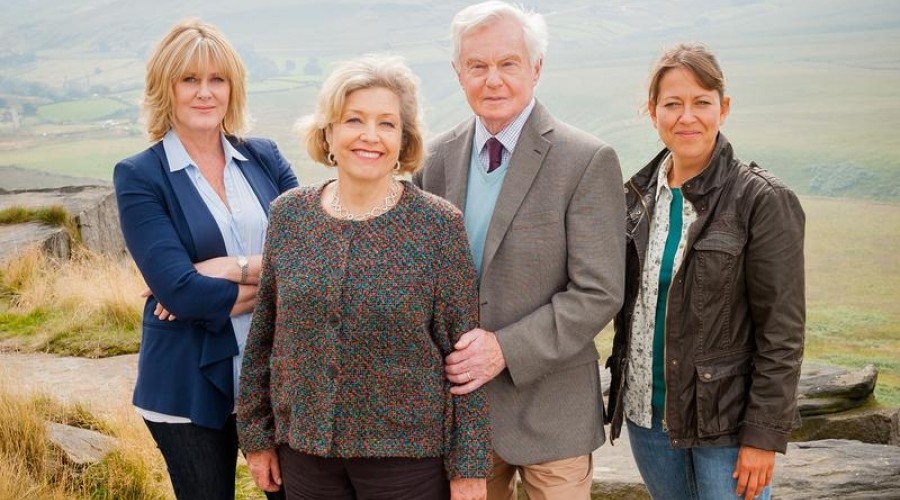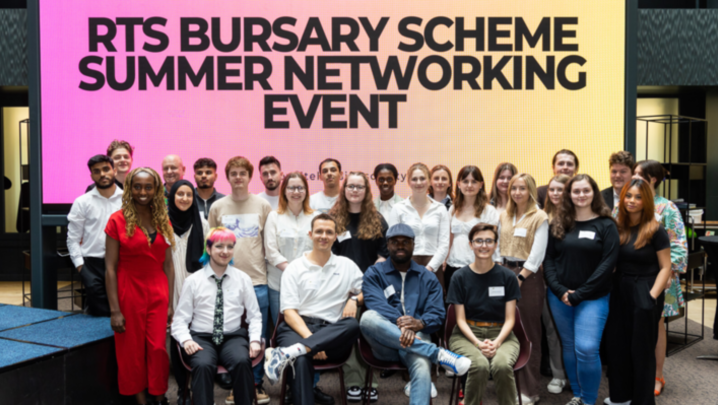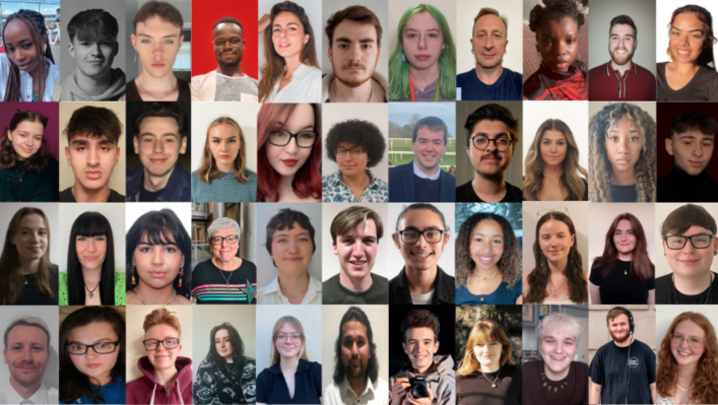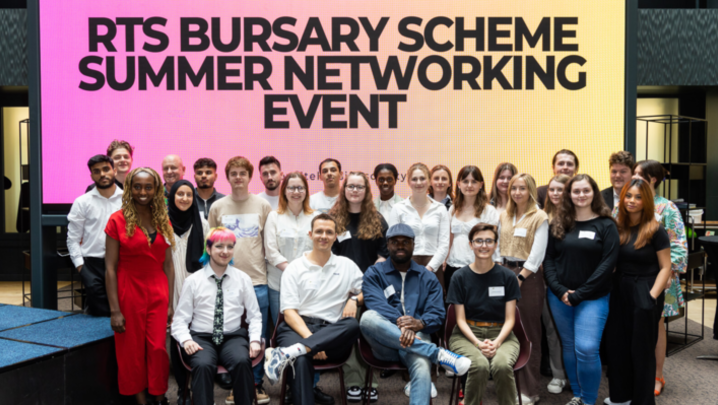“I found it harder to get work in theatre than I have in TV – it’s more cliquey” warns Production Designer Katy Tuxford
Since graduating with a degree in Theatre Design from Nottingham Trent university, Tuxford has gone on to work for shows including Last Tango in Halifax, Life on Mars and Channel 4 comedy Cardinal Burns.
The job of a production designer, she says, is far-reaching. From finding locations for the shoot, deciding on the visual tone of the piece, and managing the design budget, “you have your eyes all over it.”
“Ultimately you are responsible for every design decision and every visual decision, so the buck stops with you.”
Tuxford made the shift from theatre to TV with the help of the BBC’s Vision Trainee Scheme, which offered a year’s training across all genres and areas of production design.
From there she worked for several years as Art Director, where she managed the art department and coordinate with the Production designer on a number of shows. “It’s quite a big organisational role,” she explains. “You’re working ahead, juggling the budget and keeping the [production] designer aware of any problems.” It was while she was working on the Last Tango in Halifax that she made the leap to production designer.
One of the best things about production design, she reveals, is “you’re learning all the time. It’s not a job you ever master. That’s why people work in their 70s or 80s, because you’ve got this wealth of knowledge from life of all the locations and all the things that they’ve seen makes them a better designer.”
Her degree, says Tuxford, gave her a solid grounding in prop and costume making, scenic painting and an entire year in industry. “When you’re starting out in those first couple of roles as an art department assistant, you’re not given a lot of time or money. You have to create something out of nothing and be very imaginative.”
“There are quite a lot of trainee and apprenticeship courses now,” she reflects. “People are realising that the university courses are expensive and aren’t necessarily the route in.”
Really, the key requirements are a car, a laptop and an ability to use Adobe Photoshop and Illustrator. She warns: “As awful as it sounds, a lot of people will cast away a CV if it says they don’t have a car. A car is often more essential than a degree.”
The industry is growing, she says, so anyone interested in production design just needs to get out there and “find someone in the industry and start badgering them, sending your CV, asking for meetings, being persistant” she advises. And lastly the Manchester-based production designer advises, “don’t limit yourself to London. I still have the big productions on my CV.”










